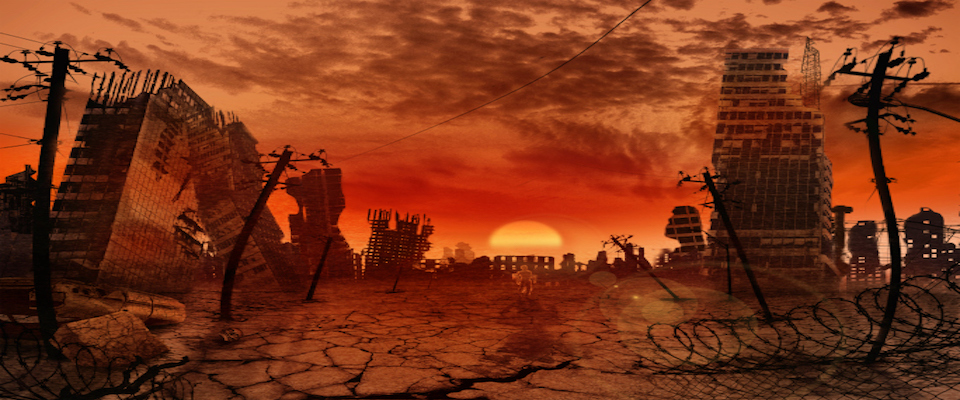These are hardly halcyon days for the nuclear power industry. The core failures and radiation releases at Japan’s Fukishima Daiichi complex caused by the 2011 earthquake and tsunamis have yet to be addressed. Following the catastrophe, Japan closed all but two of its nuclear power plants. New protocols implemented this month by the country’s Nuclear Regulation Authority may allow some plants to go back online, but enthusiasm for nukes remains at low ebb among Japanese citizens.
Such chariness has spread beyond Asia. Shortly after the Fukishima catastrophe, Germany closed eight of its nuclear plants and promised to shutter the rest by 2022.
Things aren’t much rosier for nukes in the United States. Last month, Southern California Edison announced it would shutter the last two reactors at its San Onofre plant (the first was closed in 1992).
A more significant blow to U.S. nuclear power generation occurred in 2009, when the Obama Administration administered the coup de grace to the Yucca Mountain project in Nevada, a subterranean repository for the nation’s high-level nuclear waste. With no place to ship their useless, lethal by-products, U.S. nuke plants must store it on site—a solution that satisfies no one.
Nuclear power’s stumbles have sharpened the debate over the technology, not muted it. Advocates insist a robust nuclear power sector is necessary for both meeting the nation’s energy requirements and reducing atmospheric carbon emissions. Opponents point to Fukushima and Chernobyl as the best reasons for eschewing nukes, and also note that some reactors can be used to produce weapons-grade plutonium.
But a new bill introduced in the U.S. Senate on June 27 offers at least some modest hope for nuclear power. As reported in The New York Times the next day, the Nuclear Waste Administration Act of 2013 essentially kicks the issue back to the states and local governments, which could negotiate waste repository pacts with the feds through a process based on public comments.
Until such deals could be negotiated (and approved by Congress), the bill would provide for temporary above-ground storage of radwaste at a central location: essentially, a Yucca Mountain with no mountain and no big hole in the ground.
Any chance for the bill’s passage lies in its bipartisan genesis. The legislation was introduced by California Democrat Dianne Feinstein and Tennessee Republican Lamar Alexander. That isn’t going to end the controversy, of course: The legislation is likely to alarm rather than soothe nuclear power foes.
But Per F. Peterson, a Berkeley professor of nuclear engineering, thinks the act has the potential of breaking the nuclear power logjam. “The Senate did something highly unusual,” Peterson said in the Times, opining that the public comment process “establishes a strong foundation for the legislation to be successful if passed by the Senate and then by the House.”
—Glen Martin



















